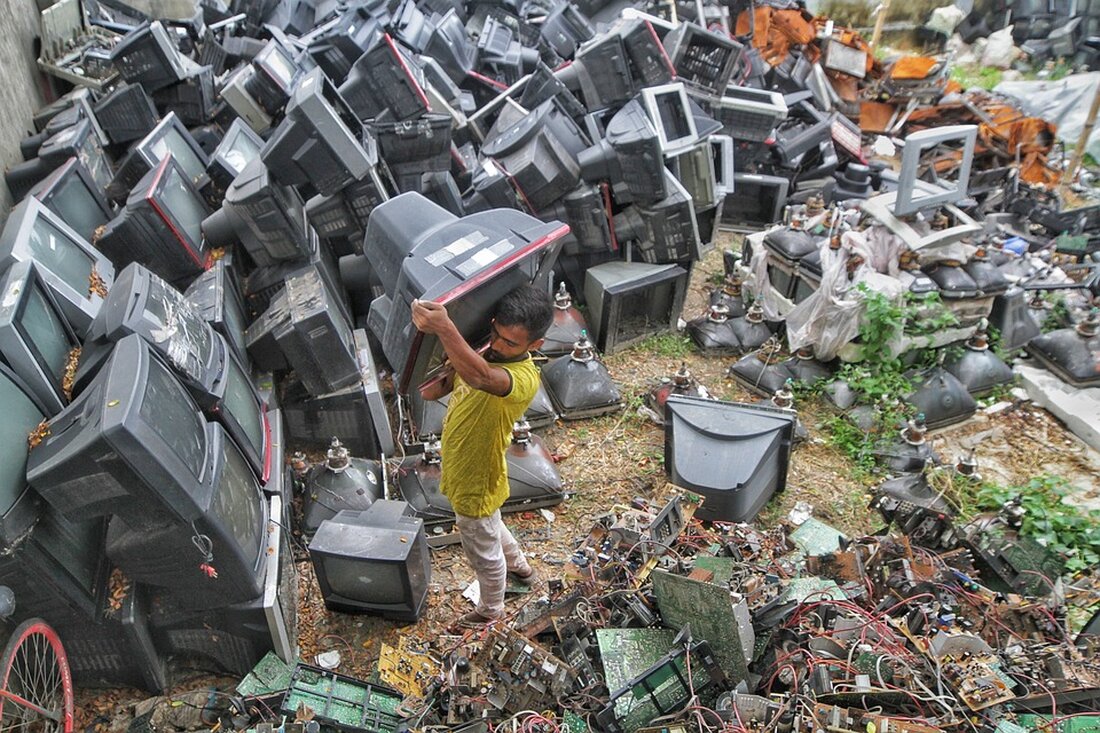How a repair label could reduce the electronic waste and influence the purchase decision
A representative study by the special insurer Werwarrantie shows that 87 percent of consumers would be influenced by a repair label when choosing a new electrical device. This could lead to a significant increase in the repair ratio and thus significantly reduce the electronic package volume. The study emphasizes the importance of repairing devices for consumers and illustrates the potential of a repair label as a relevant decision-making aid.

How a repair label could reduce the electronic waste and influence the purchase decision
a right to repair: How the repair of electrical appliances influences the purchase decision
Imagine that you could make a contribution to environmental protection by buying an electrical device. What if you could contribute to the targeted selection of a device not to let the electronic red mountain grow any further? A study by the special insurer Wert guarantee shows that 87 percent of consumers would be influenced by a repair label when choosing a new electrical device. As a result, the repair rate could be significantly increased. The "right to repair", which was decided by the EU Parliament, aims to encourage consumers to make more repairs. In the future, consumers will have the right to have defective electrical devices repaired, which could extend the useful life and thus significantly reduce the electronic grotto volume.
The interest in repairing devices is already high: 56 percent of those surveyed deal with how well a device can be repaired in the event of damage. This interest could be further increased if manufacturers clearly mark the repair of their devices. According to the value guarantee study, about nine out of ten consumers would take such a repair label into account when making the purchase of electrical and household appliances. "The results show the great potential of a repair label, which shows consumers at a glance the repair of a device," said Konrad Lehmann, board member at the guarantee of value. "Our study proves: The vast majority of consumers decide more for a device that is easier to repair in the event of damage."
The study also shows that the repair rate in Germany can still be expanded. In 2023, a little more than a third of households (36 %) had at least one electrical or household appliance repaired. Almost every fifth household (19 %) even had two or more repairs carried out. The residents of Berlin (47 %) are particularly keen to repair, followed by Baden-Württemberg (41 %). In Thuringia, Saarland and Schleswig-Holstein, on the other hand, it is only repaired half as often as in Berlin, the leader.
"We believe that a high and recognizable repair of devices for the consumer would lead to more repairs to be carried out," explains Konrad Lehmann. "The figures for our insured devices show that 68 percent of the damage to smartphones and Co. can currently be repaired. So there is still potential upwards. We have been committed to repairs for years to counteract the growing electronic waste. The results of our study clearly show how important the repair of devices for consumers is and that a repair label could be a decisive help to permanently Increase. “

 Suche
Suche
 Mein Konto
Mein Konto
